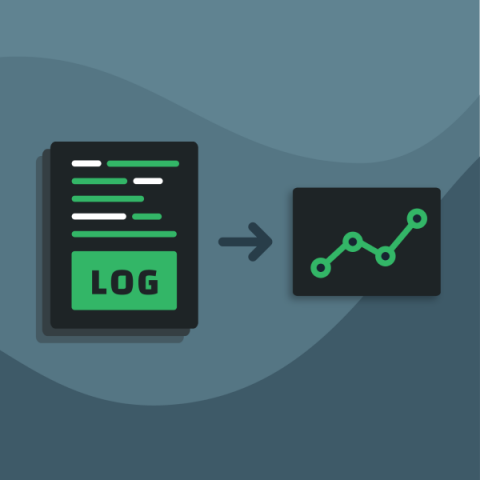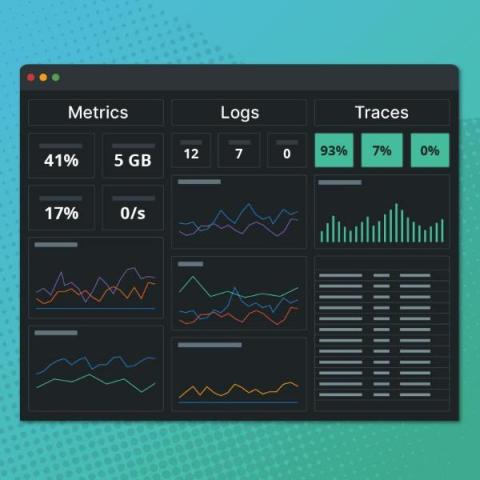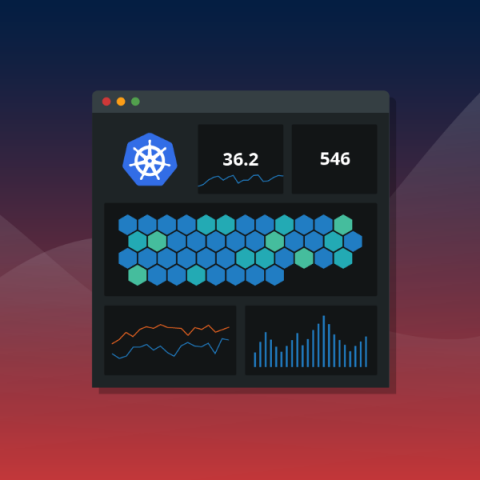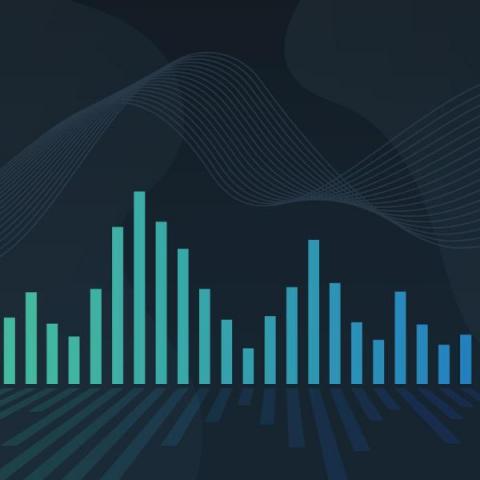Have you Hit a Scaling Wall with Prometheus?
While Prometheus has been available since 2012, its popularity has skyrocketed in the last five years as it became the de facto solution for Kubernetes. Although Prometheus may be suitable for smaller environments, it was not designed for ultra high scale use cases or store data long-term. So as organizations are increasingly growing their Kubernetes deployments and generating substantially more data, they are reaching the limits of what they can do with standard Prometheus implementations.











